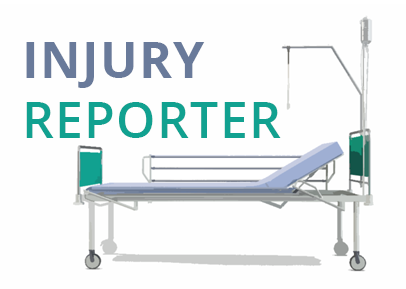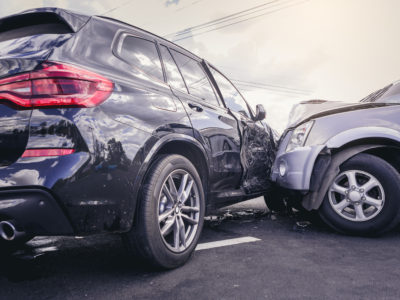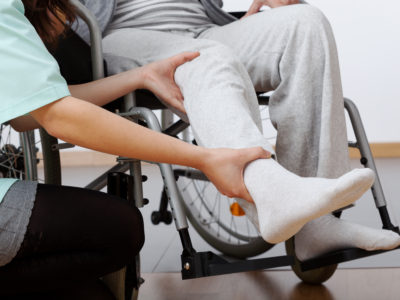The key to proving who’s at fault in a car accident is to prove who acted negligently, or in other words, carelessly.
As with all personal injury cases, the one who acted negligently is typically the one who is liable for the accident. In a car accident, the insurance companies will want to know who was liable for the accident.
There are a few ways to prove who was at fault. It’s usually not enough to simply use common sense in these situations. There are only a few scenarios where an insurance company is likely to not argue a case against a driver and that is when a driver is hit by a car turning left or when a car is rear-ended. These are, for the most part, cut-and-dry cases. Most cases are more complicated.
One source an injured party could use to prove negligence is a police report. If someone called police to the scene of the accident, the police will have filled out a police report. This is obtainable by contacting your local law enforcement. If the police report shows that the other driver, motorcyclist, bus, or truck broke a law or that the police officer thought they acted negligently, there is the proof you need to prove your case.
Another way to prove the other party was at-fault is by looking up the local and state laws yourself. You can use online government websites, you can visit your local DMV, and you can visit a local law library to find relevant laws that collaborate your case and show that the other driver was at fault.
If the accident was catastrophic, involved multiple vehicles, and injured many people, it’s important to contact a personal injury attorney. They can advise you about who not to speak to, who to contact, what to say, and what the next steps are.
If you were injured in a auto accident, your first step should be to seek immediate medical care. Follow any and all orders your doctor’s may give you. Next, as soon as you can, write down all the details of your case. When it happened, where it happened, what time of day it was, what was the weather like, were there witnesses, and more. The more detail the better. Then contact a personal injury attorney to find out the next best steps.
For more information, send us a message.








Comments